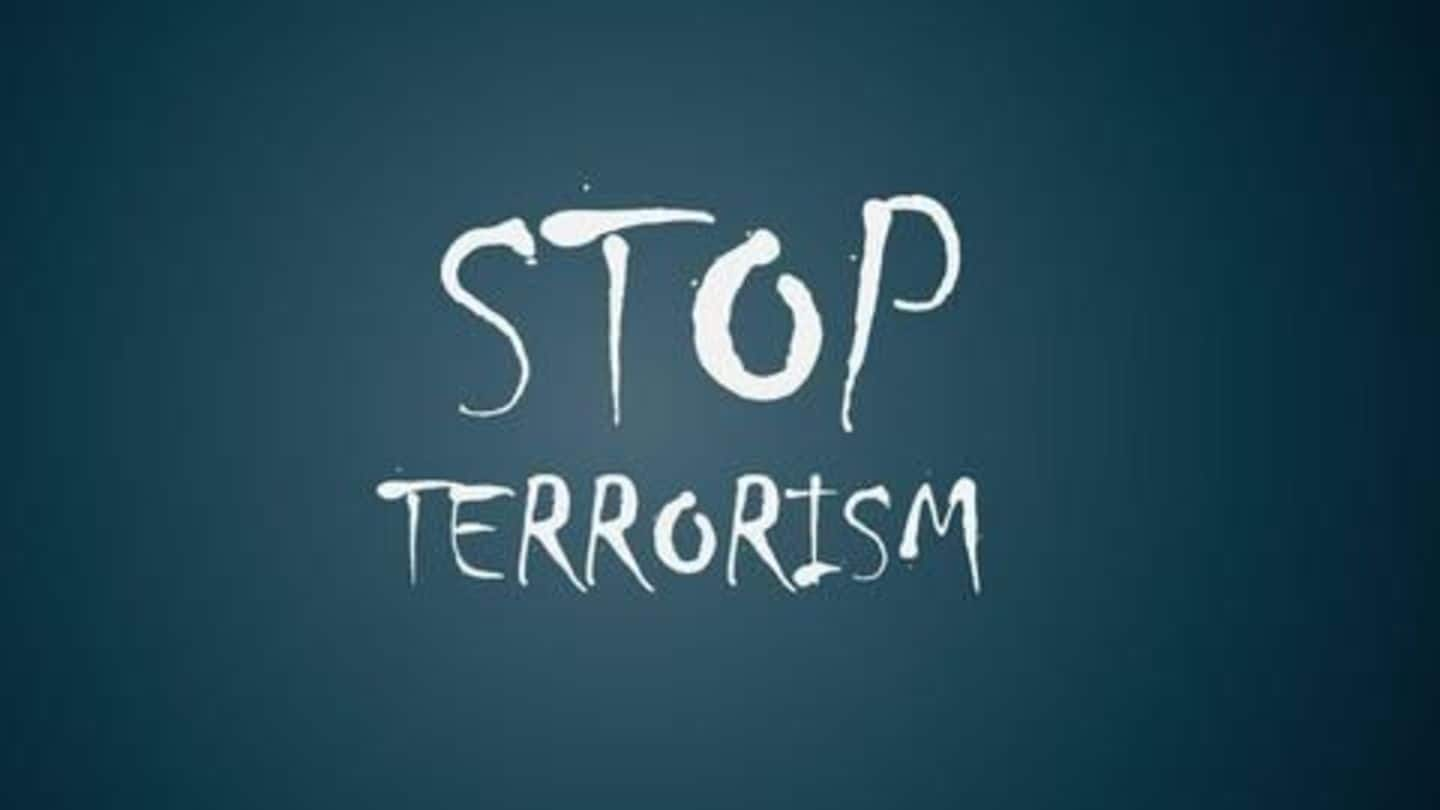
Is terrorism becoming a fact of life in Europe?
What's the story
Terrorist attacks inside Europe have begun taking place with an alarming frequency.
Attackers have even begun targeting smaller towns, and not big cities, in their war against Europe. This has also complicated matters for counter-terrorism efforts in Europe.
The rise of right-wing rhetoric among EU nations has also added to the ongoing problem.
Read on to find out how this threat to Europe evolved.
Background
Where did this begin?
In the aftermath of the Arab Spring revolution and the wars in West Asia and North Africa, a massive influx of immigrants began to flood into Europe.
The Syrian civil war exacerbated this trend, with the rise of ISIS.
The consequent pro and anti-immigrant protests inside Europe alienated the resident Muslim population as well as immigrants.
This resulted in radicalism among many European Muslims.
Data
Europeans joining ISIS
Europe was also a significant contributor to fighters joining ISIS in Syria. France had over 900 citizens who traveled to Syria to fight. Germany and the UK contributed over 750 fighters each to ISIS. Belgium, Austria and Sweden also contributed heavily to ISIS ranks.
Right-wing
Is the rise of Europe's right-wing related to this?
Several European countries began seeing a surge in nationalism as the debate over the migrant crisis spilled over into civil society.
Right-wing parties have made significant gains in Germany, France, Poland, Switzerland and other European nations.
The right-wing rhetoric permeated into European society, under the pretext of economic hardships, low-employment etc.
However, over time, it grew to undertake religious overtones as well.
Effects
How has this affected migrant and resident Muslim populations?
Migrant populations inside Europe, felt marginalised due to changing national stances on the migrant crisis. They were forced to stay in transit camps for extended durations, under squalid conditions.
Resident Muslims and liberal Europeans, empathised with the Migrants' plight, leading to public protests for and against immigration.
The rise of right-wing politics, led to consequent ease in radicalising Muslim youth in the region.
Prominent attacks
Some deadly attacks in Europe since 2014
In May'14, an ISIS terrorist killed 4 people at a Jewish Museum in Brussels.
In a series of attacks between 7-9 Jan'15, Al-Qaeda terrorists killed 17 people and wounded 22 in France.
In Nov'15 130 people were killed and scores injured by ISIS terrorists in France.
In March'16 32 people wee killed and 340 injured in ISIS inspired bomb attacks in Brussels.
Information
Nice, Berlin indicate change in tactics
ISIS inspired youth have also started adapting new techniques in urban guerrilla warfare. The Berlin Christmas market attack and the Nice attack were indicative of this. Attackers used a truck, to plough into civilians in crowded streets in Germany and France, cumulatively killing hundreds.
Counter-terrorism
Counter-terrorism efforts in the EU
The most recent attack on the London Parliament indicated a massive security breach.
Authorities in Europe have begun trans-national co-operation and intelligence sharing to counter the rising trend of radicalization of its populations.
This has led to countless raids in several countries, with authorities said to have eliminated 8 out of every 10 possible terror threats to the region.
However, the problem is ongoing.